Honouring the Tendu – old
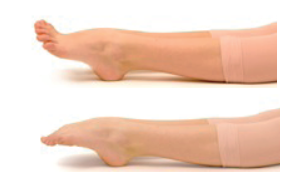 Mastering the articulation of the front of the foot that should occur in a tendu is quite possibly the single most effective way to prevent foot injuries in dancers. Focusing on the correct execution of this fundamental step can also lead to dramatic improvements of all areas of a dancers technique and will lead to fewer injuries, higher jumps and better pointe work! It is very important for dance teachers to focus on teaching this essential articulation of the foot in very young students, to constantly revisit and refine this as they develop.
Mastering the articulation of the front of the foot that should occur in a tendu is quite possibly the single most effective way to prevent foot injuries in dancers. Focusing on the correct execution of this fundamental step can also lead to dramatic improvements of all areas of a dancers technique and will lead to fewer injuries, higher jumps and better pointe work! It is very important for dance teachers to focus on teaching this essential articulation of the foot in very young students, to constantly revisit and refine this as they develop.
The Anatomy of the Pointed Foot
The foot is an extraordinary feat of engineering, however underdevelopment of some muscles and overuse of others is what contributes to the majority of foot and ankle injuries in dancers. The ankle should be pointed by the big calf muscles; the smaller ‘extrinsic’ foot muscles control the alignment of the ankle, while the toes are pointed by the small ‘intrinsic’ foot muscles.
Age 4-6
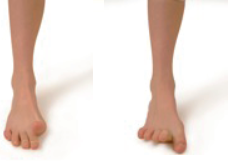 Dance students can start working on their foot control from a very young age. Start with Toe Wiggles and Toe Waves, and progress to the more formal Toe Swapping exercise as they get more proficient. At this age, the student should have a good concept of pointing and flexing the ankles, keeping them nicely aligned. Learning how to correctly use each of the muscle groups in the foot will also help maximise their range of motion.
Dance students can start working on their foot control from a very young age. Start with Toe Wiggles and Toe Waves, and progress to the more formal Toe Swapping exercise as they get more proficient. At this age, the student should have a good concept of pointing and flexing the ankles, keeping them nicely aligned. Learning how to correctly use each of the muscle groups in the foot will also help maximise their range of motion.
Ages 6 – 10
Children of this age should be able to perform the Toe Swapping exercise well. They should then be introduced to Doming the forefoot to engage the intrinsic muscles of the foot (Lumbricals), and integrate this into parallel tendus. The focus should then move to the inclusion of this movement in every Tendu that they do in class. It is essential to get this pattern started very early in order to make it a habit, as it helps prevent many foot and ankle injuries in older dancers. At this age special focus should be made on achieving optimal range through all parts of the foot. This will endure optimal Plié & pointe range later on.
Ages 11 & Over
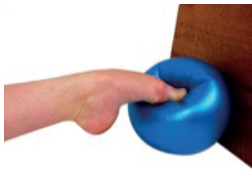 There should be a constant focus and revisiting of the articulation of the forefoot in many different ways to help further develop the control of the front of the foot. Exercises such as Point Through Demi Point with the Ball, and Parallel Tendus can help add resistance and improve endurance of the muscles in the front of the foot.
There should be a constant focus and revisiting of the articulation of the forefoot in many different ways to help further develop the control of the front of the foot. Exercises such as Point Through Demi Point with the Ball, and Parallel Tendus can help add resistance and improve endurance of the muscles in the front of the foot.
Tendu en Croix
Integrating the articulation of the forefoot into the tendu may take persistence, but the rewards are enormous. Focus on maintaining stability of the standing leg, and working the foot through a high 3/4 pointe position before pointing the toes in each position. Working in toe thongs can help the student achieve good articulation without sticking to the floor! Begin in parallel and at the barre, and progress to work in turnout in the centre.
Seated Jumps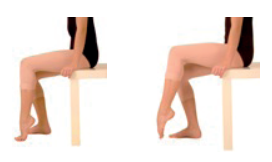
Performing the slow action of a jump by working through the foot in a seated position can help students learn the concept of working through the foot. This movement is also essential to retrain following any injury that resulted in the dancer being off jumps for some period of time. Gradually increase the speed, load and complexity of this exercise to build the pattern back into their jumping pattern at the barre, and then in the centre.
Pointe Work
Including this specific articulation of the forefoot into all work en pointe, from simple rises to advanced level training is extremely important in developing sensitivity in pointe work. This helps prevent overloading of any particular tendons, and ensures that the dancer is as quiet on the stage as possible. Our ‘My Beginner Pointe Program’ gives lots of exercises to seamlessly integrate into beginner pointe classes. Spend lots of time focusing on the basics, and students will flourish as the work increases in complexity.

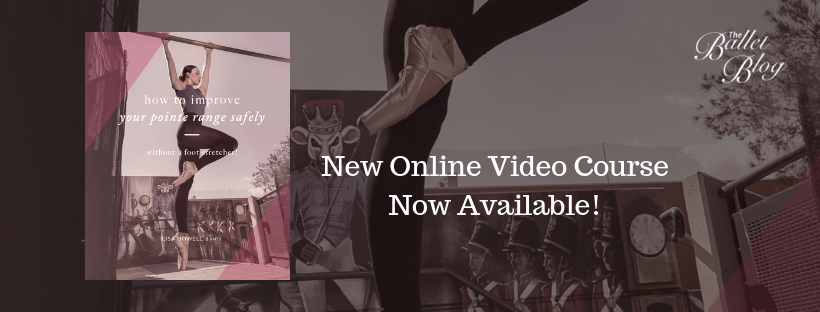
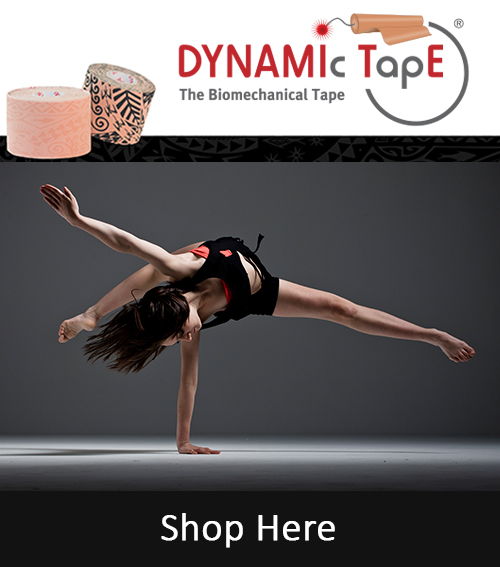
You must be logged in to post a comment.